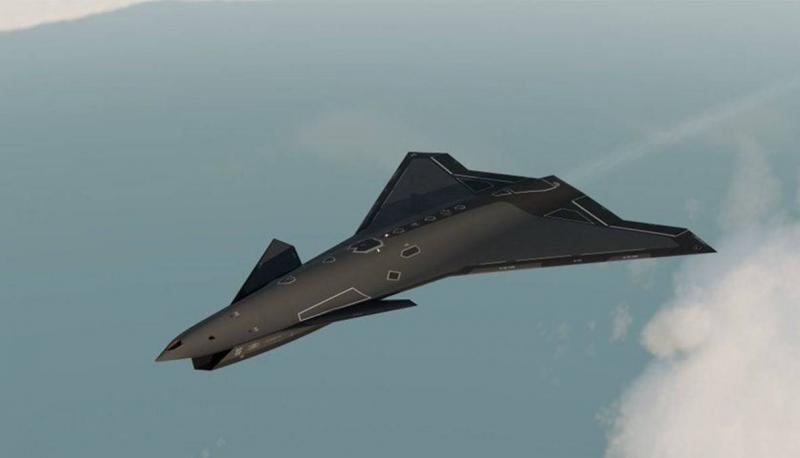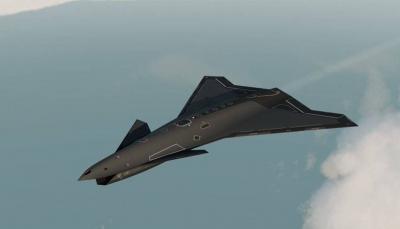Generative artificial intelligence has completely reshaped the game for military industries, especially in military aviation, where it has become a central focus in the development of air forces worldwide. This includes enhancing tactical and strategic capabilities while reducing the risks associated with pilots’ lives. With ongoing advancements in this field, Airbus presented its new Wingman drone model, which utilizes generative AI, at the International Aerospace Exhibition (ILA) in Berlin this week.
According to a statement by Michael Schoellhorn, CEO of Airbus Defence and Space, "The German Air Force has expressed a clear need for a drone that flies alongside its manned combat aircraft and supports its missions before the future combat air system becomes operational in 2040." Schoellhorn stated, "Our Wingman concept has emerged as the solution. We will enhance this innovation made in Germany to provide the German Air Force with a cost-effective solution that delivers the performance needed to maximize impacts and double the effectiveness of its fighter fleet in the 2030s."
**Why is it Called Wingman?**
In military aviation, the term "Wingman" refers to a pilot in a separate aircraft tasked with supporting the lead pilot and defending them, thereby improving tactical capabilities and ensuring mission success. Airbus has reimagined this role with its concept, where the Wingman is not a real pilot or a manned fighter aircraft. Unlike traditional terms like "wingman," the company has chosen to refer to this new model simply as “Wingman,” aiming to showcase advanced capabilities, including stealth, integration of various weapons, advanced sensors, communication, and teamwork solutions.
**A Strategic Response for High-Risk Missions**
The drone is designed to undertake high-risk missions, providing reconnaissance, jamming targets, and engaging with ground or air targets using precision-guided munitions or missiles. Pilots in manned aircraft will serve as "lead fighters," maintaining control and making final decisions while benefiting from the protection and reduced risks provided by unmanned systems. This approach aims to increase combat mass at a reasonable cost, enabling air forces to match or surpass the capabilities of opposing forces.




